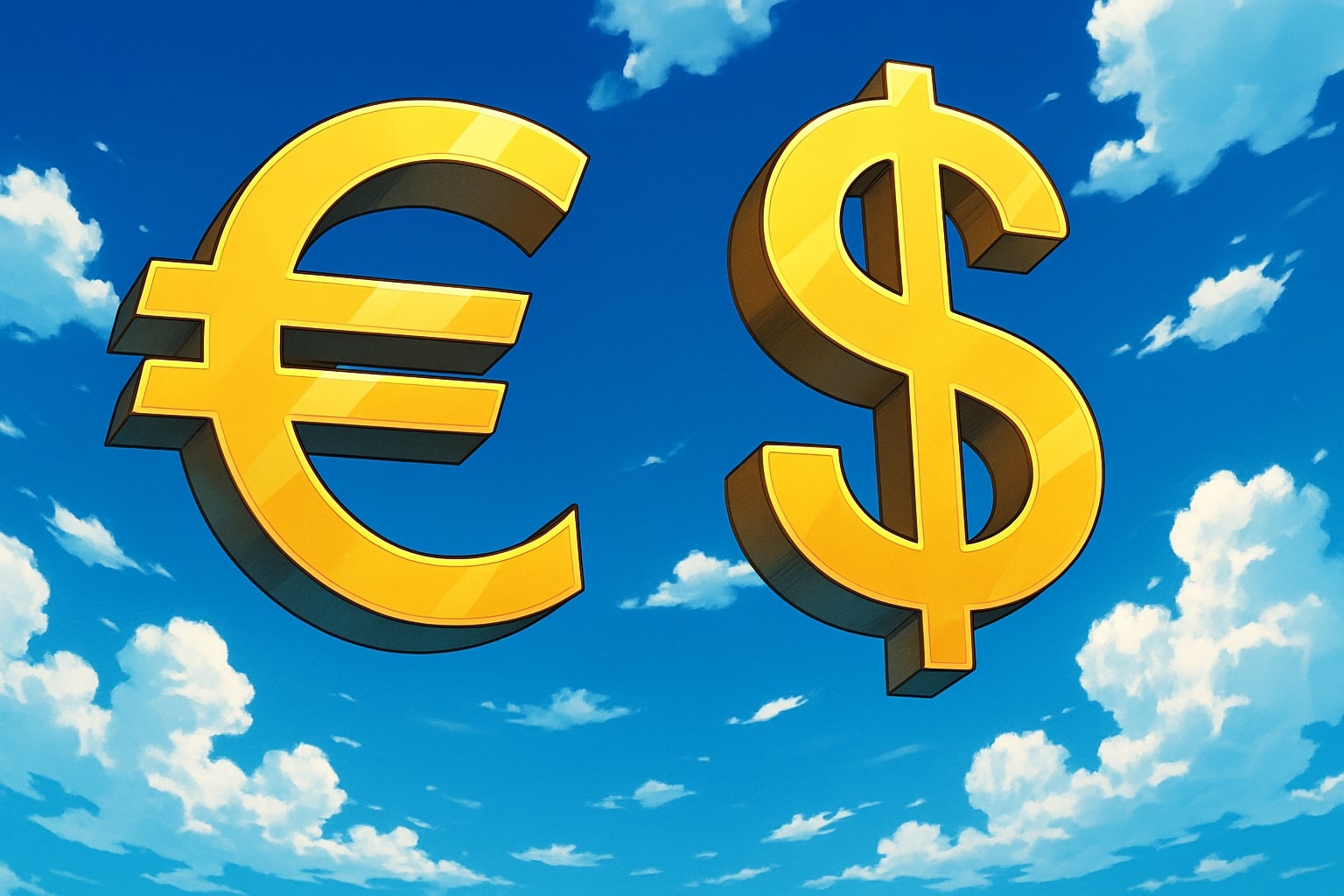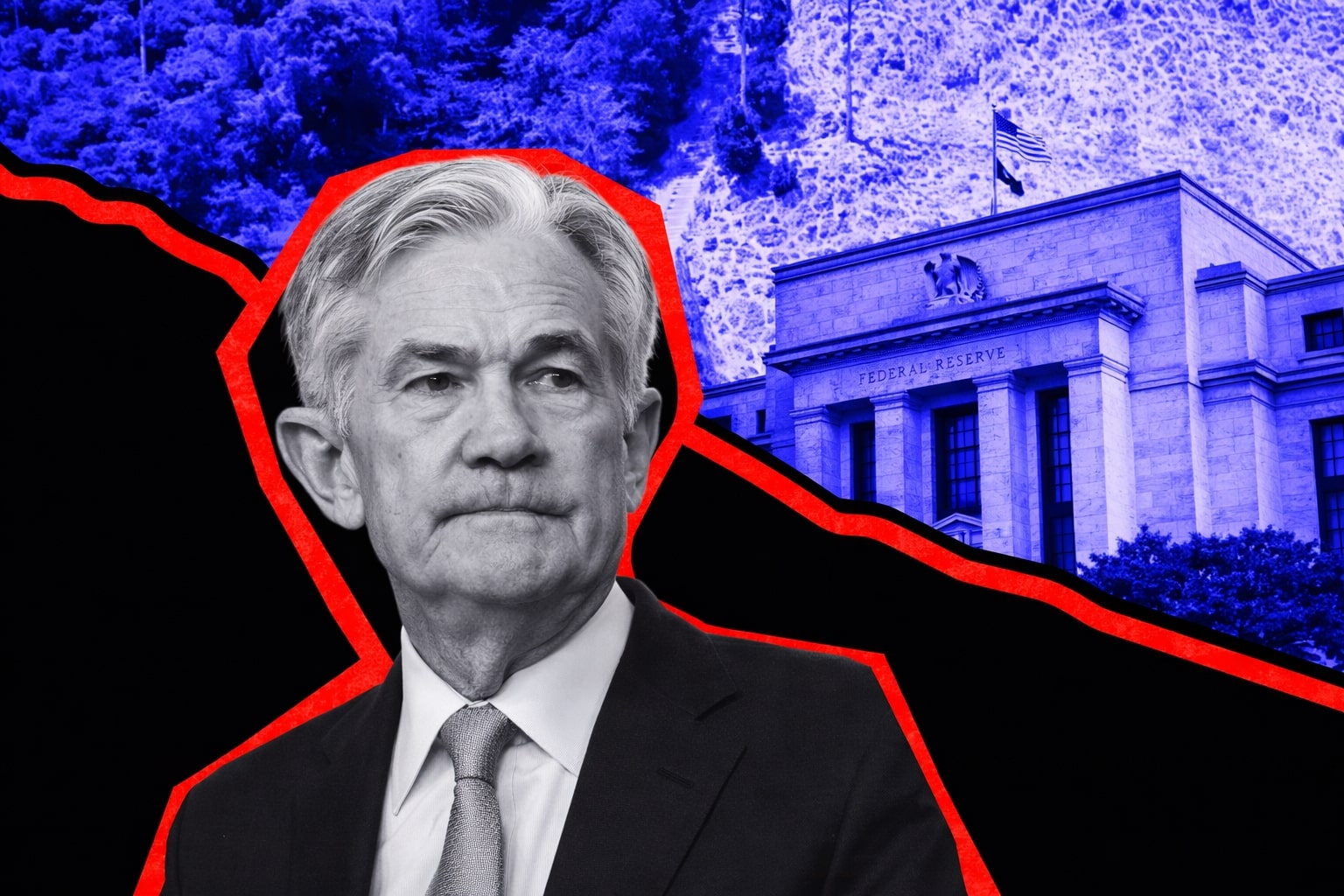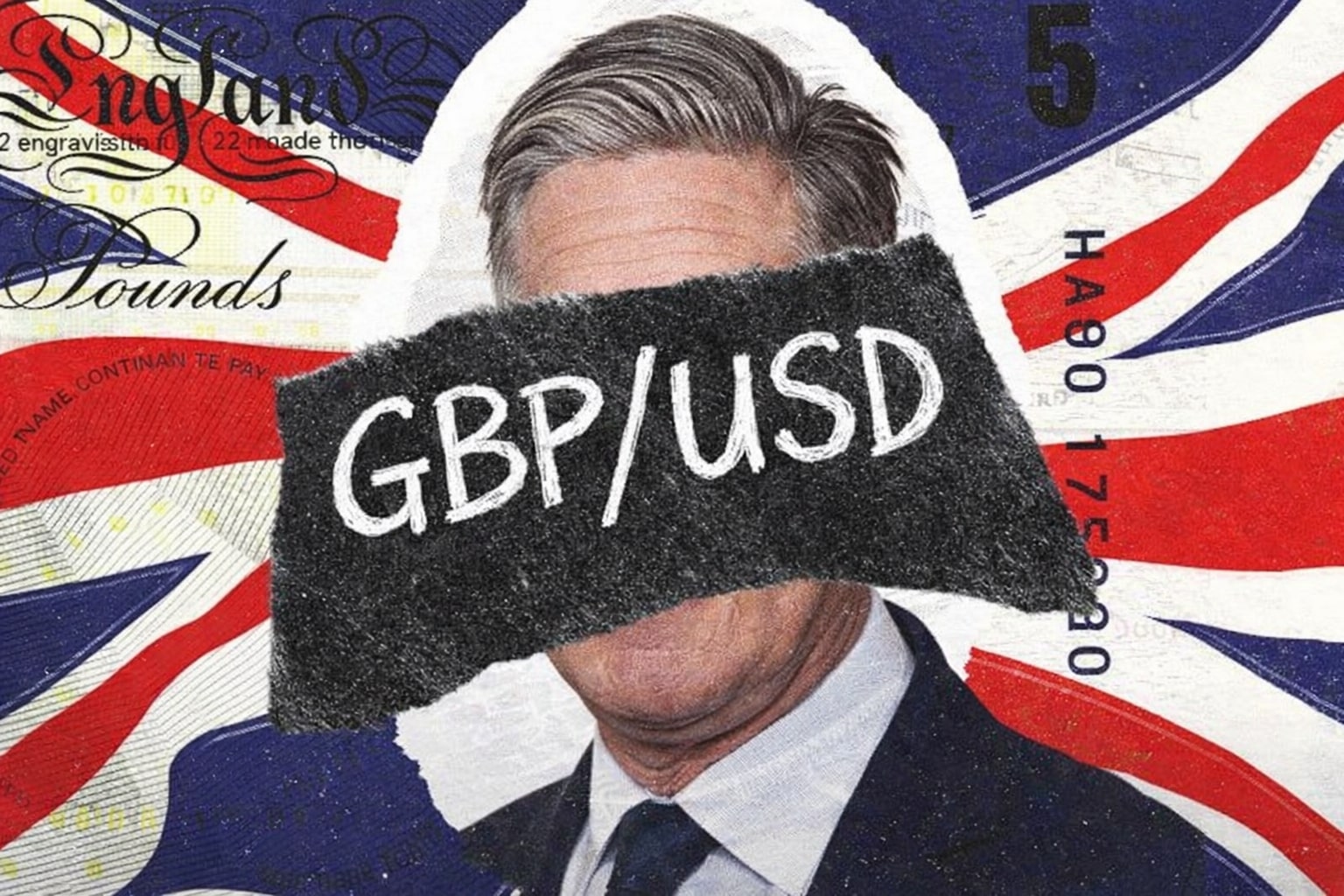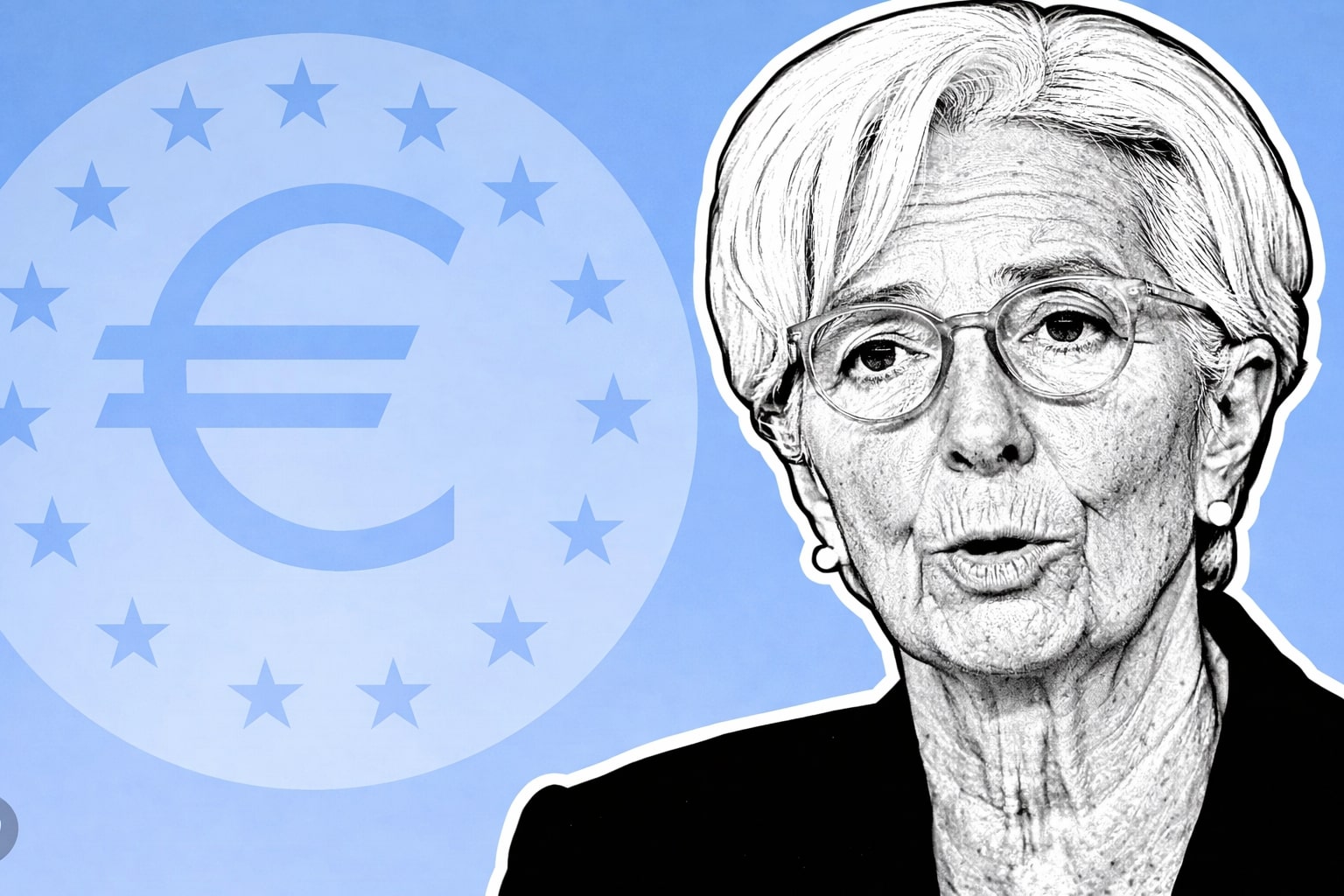EUR/USD Faces Crosswinds at 1.1500 Amid Fed Caution, Oil Shock, and War Risk
Middle East Escalation Casts a Shadow Over Euro Recovery
The EUR/USD pair is holding near $1.1509 after testing both upside resistance and downside supports in a turbulent week driven by war headlines, dollar repositioning, and monetary policy divergence. The pair briefly surged toward $1.1615, its highest since early 2021, before sellers reasserted control, pushing the euro down to $1.1474, where some buyers returned. But risk remains skewed to the downside as geopolitical instability collides with structural euro fragility.
The sixth consecutive day of military escalation between Israel and Iran has revived safe-haven demand for the US Dollar, especially as former US President Donald Trump demanded Tehran’s “unconditional surrender” and pledged further military deployment. In parallel, oil prices surged above $75.00, a 16% jump from May lows, threatening to derail eurozone growth by worsening trade imbalances. Europe is a net energy importer, and such a spike in crude costs directly reduces the euro’s appeal by weakening GDP and raising stagflation risk.
If the Strait of Hormuz—a critical corridor for a third of the world’s oil—is shut down, energy shocks could ripple across European economies while the US benefits as a net exporter. That asymmetry underpins EUR/USD’s struggle to maintain gains above $1.1500, despite softness in US macro data.
Dollar Under Pressure as US Retail and Industrial Data Disappoint
The US Dollar Index (DXY), which tracks the greenback against major peers, slipped to 98.58 on Wednesday after a disappointing string of macro prints. Retail sales plunged by 0.9% in May, far worse than the expected -0.7%, and a sharp deterioration from April’s already negative revised reading of -0.1%. Meanwhile, industrial production dropped by 0.2%, its second decline in three months, confirming a slowdown in US consumer demand and manufacturing activity.
This dovish macro backdrop is pushing traders to price in an 80% chance of a Fed rate cut in September, with follow-through easing likely in October. The US 10-year yield is tracking lower, and despite short bursts of safe-haven strength, the USD’s long-term posture looks increasingly vulnerable, especially if Powell signals a downgraded growth path during the upcoming FOMC decision.
Still, technical rejection at 98.87—the 200-period EMA—suggests resistance remains firm, and without fresh deterioration in US data, downside in the DXY may be capped near 97.69.
Eurozone Inflation Misses, ZEW Surprises, but ECB Tone Holds Firm
Wednesday’s Eurozone CPI confirmed a deflationary trend, with May inflation flat month-over-month after April’s 0.6% increase. Year-over-year inflation decelerated to 1.9%, reinforcing ECB’s expectation of nearing the end of its tightening cycle. Despite this, ECB President Christine Lagarde struck a confident tone, stating the bank is now “in a good position” to handle uncertainties and hinting at fewer rate cuts ahead.
The German ZEW Economic Sentiment Index came in at 47.5, significantly better than the 35.0 expected and up from 25.2 in May. However, this upside surprise failed to give the euro lasting traction, showing that sentiment improvements aren’t enough to offset broader structural headwinds.
EUR/USD Technical Picture: Reversal Pattern in Play, Bulls Lose Momentum
Technically, EUR/USD broke below its ascending triangle on Tuesday, signaling bearish pressure after failing to hold above $1.1523, which is now key resistance. Current price action near $1.1509 suggests indecision, with bulls needing a break above $1.1545 to reclaim upside control. The 14-day RSI remains neutral, under 50, and the MACD is trending lower.
Failure to sustain above $1.1500 opens the door to $1.1477, then $1.1370, and $1.1315—zones last visited on June 6 and May 30. A move below these levels would invalidate the uptrend from May and confirm a medium-term bearish reversal. On the upside, a sustained rally above $1.1630–1.1640 would bring $1.1700 into focus, but only if macro and risk sentiment improve dramatically.
Fed, ECB Divergence and Trump’s Tariff War Fuel Next Leg for EUR/USD
Markets await Wednesday’s Federal Reserve announcement, where the central bank is expected to hold rates at 4.25%–4.50%, but guidance and the dot plot will be critical. The last dot plot in March projected two cuts in 2025 and two more in 2026. If Powell hints at earlier or more aggressive cuts, expect the US Dollar to weaken, especially if accompanied by downgraded growth forecasts.
However, escalating rhetoric from Trump, including possible EU tariffs and pharmaceuticals crackdown, clouds the outlook. Rising trade tensions typically favor the USD as global uncertainty rises—especially when combined with war escalation. The EUR/USD pair may therefore remain rangebound between $1.1370–$1.1640 until a decisive fundamental shift breaks the impasse.
Trading Outlook and Risk Zones: Strategy for EUR/USD Bulls and Bears
Trading strategy should adapt to current volatility. Bullish positions can be considered from $1.1385, targeting $1.1560, with stops at $1.1290. For bears, the resistance zone at $1.1640 offers an entry point for shorts, with a target back at $1.1400 and a stop above $1.1710. Given technical and macro factors, traders must be cautious ahead of both Fed and ECB decisions.
The key is watching the volume response to price near $1.1545–$1.1570. If EUR/USD fails again here, it’s a warning sign that bulls are running out of steam. Conversely, reclaiming this area with force would suggest macro fears are abating and the euro may climb further.
Verdict: EUR/USD Is a Tactical Hold With Bearish Tilt Until Fed Signal Shifts
At $1.1509, EUR/USD sits on a knife’s edge. While weak US data and an increasingly dovish Fed setup are bearish for the dollar, war escalation and energy prices cap euro upside. With Middle East tensions unresolved, oil spiking, and the ECB potentially nearing peak rates, upside in EUR/USD looks limited without a clear Fed pivot.
Position: Hold, with a bearish tilt unless $1.1545 is cleared with conviction. A break below $1.1470 would confirm downside toward $1.1370. Only a dovish Fed, a Trump silence, and energy relief can unlock upside back to $1.1630+. Until then, range-bound chop remains the base case.




















